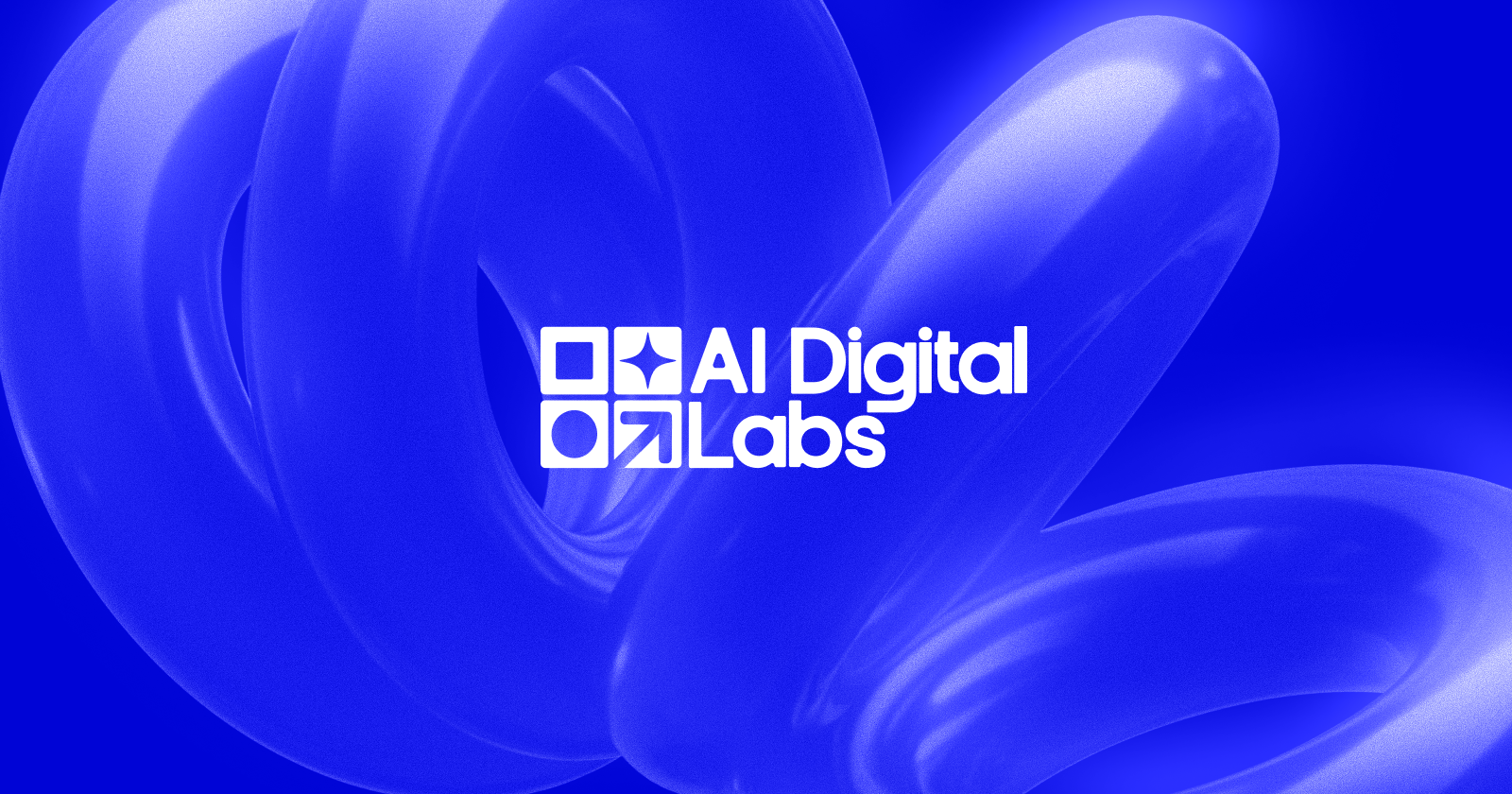AI Digital's response was to develop an "Open Garden" philosophy, a DSP-agnostic approach (demand-side platform) that allows advertisers to work across multiple platforms while maintaining central coordination. This neutrality is rare in an industry where many service providers are incentivized to push specific platforms.
"We designed our model to be agile and partnership-friendly," says Magli, CEO. "There are no rigid commitments, no minimum spend or lock-in periods, so teams can scale with us at their own pace." This flexibility has proven particularly valuable for small and medium-sized agencies that previously could not access premium programmatic inventory due to budget constraints.
Human Intelligence, Enhanced by AI
As artificial intelligence (AI) has become a buzzword across industries, AI Digital's approach is unique for its emphasis on human expertise. With over 300 digital media professionals, including planners, optimizers, and strategists, the company iterates that technology should complement rather than replace human judgment.
Its slogan, "Built on human intelligence, enhanced by AI," Is the outlook. It is a stand that distinguishes it in a market where many competitors promote full automation as the ultimate goal.
The company's newest offering, the Elevate platform, launched in April 2025, symbolizes this balanced approach. Elevate provides AI-powered media planning that can generate complete campaign blueprints in as little as 30 seconds based on inputs like budget, target audience, geography, and campaign goals.
Beyond Traditional Metrics
One of AI Digital's most significant deviations from industry norms is its focus on business outcomes rather than traditional advertising metrics.
"Besides the traditional metrics like CPMs, impressions, CPCs, we provide business outcomes. For example, how the campaign affected your revenue," explains Stephen.
This switch from measuring impressions and clicks to tracking actual business impact represents a maturation in how digital advertising effectiveness is evaluated. By connecting advertising spend directly to revenue generation, AI Digital helps clients justify their marketing investments to finance departments and C-suite executives who care more about bottom-line results than awareness metrics.
The Smart Supply Advantage
For enterprise clients with in-house marketing teams, AI Digital offers a service called Smart Supply, a highly optimized premium traffic for targeted campaigns.
"We provide these audiences to you in an ID format, in a code format. If you insert it within your campaign manager, it shows to them," Stephen explains. "We do not have any access to their campaign managers. We do not change anything, but we optimize the traffic on an ongoing basis."
This approach allows large agencies to maintain control of their campaigns while benefiting from AI Digital's expertise in audience targeting—a crucial capability as third-party cookies phase out and targeting becomes more challenging.
Growing Against the Odds
AI Digital has established a niche in the industry. The company has expanded from approximately 100 employees in 2024 to over 300 today, with offices worldwide, though it remains primarily remote-first with headquarters in Miami.
April 2025 marked two significant milestones: the launch of the Elevate platform and the opening of the company's first Canadian office in Montréal, focusing particularly on the unique Québec market.
This growth comes despite, or perhaps because of, increasing challenges in the digital advertising landscape. As privacy regulations tighten and third-party cookies disappear, advertisers need partners who can navigate these changes while still delivering results.
The Transparency Imperative
Perhaps the most consistent theme across AI Digital's offerings is transparency, which shows clients exactly how their advertising dollars are spent and what results they generate.
This transparency extends to the company's use of artificial intelligence. While many AI systems operate as "black boxes," making decisions that even their creators cannot fully explain, AI Digital has prioritized explainability in its Elevate platform.
The system provides clear rationales for its recommendations, projecting how changes might improve campaign performance. For example, rather than simply suggesting a budget reallocation, Elevate might explain that shifting 20 percent of spend from one channel to another could increase conversion rates by an estimated 15 percent.
This approach addresses what AI Digital calls "the biggest blind spot in advertising today", the fact that advertisers increasingly depend on AI-driven systems they don't understand.

.svg)
.svg)



.jpg)
